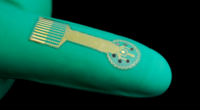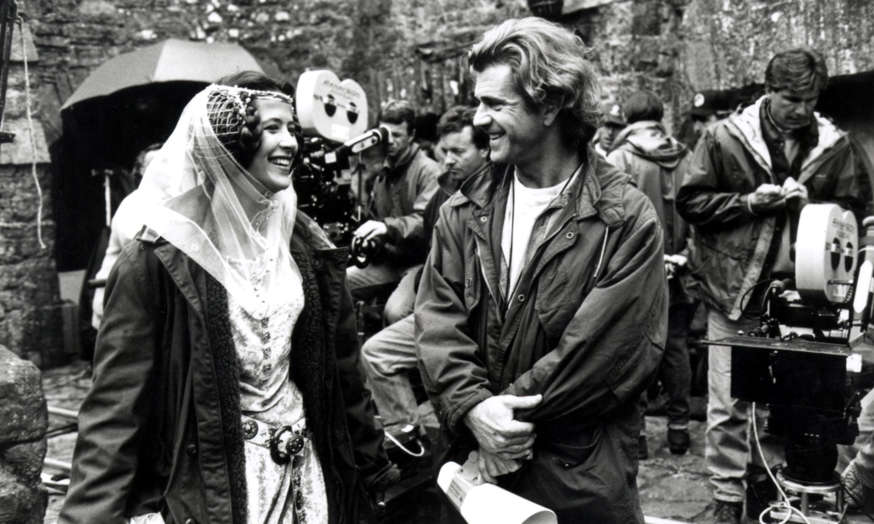The interventional cardiac MRI (iCMR) technology is proving to be a promising innovation in treating cardiac arrhythmias, contributing to medical progress in several research and intervention areas. Amsterdam UMC has been at the forefront of developing this innovative technology, which enables doctors to operate while simultaneously receiving real-time feedback during the operation. The iCMR technology has many benefits, including more precise, faster, safer, and radiation-free treatments of cardiac arrhythmias. The team at Amsterdam UMC is continuously working on improving the iCMR technology, developing special iCMR bioptomes, small tweezer-like instruments used to obtain a small piece of heart muscle tissue for further examination. They are also planning to inject stem cells into the heart using iCMR, for example, in the treatment of heart failure and congenital heart defects. Ultimately, the iCMR technology will lead to fewer procedures per patient, fewer hospital admissions, and less medication, benefiting patients from these advanced treatments.
The Revolutionary Use of MRI in Heart Interventions by Amsterdam UMC
Amsterdam UMC is making groundbreaking contributions to medical progress on various fronts, including research and intervention areas. One of the most promising techniques that the organization has developed is the use of MRI in heart interventions. Since 2019, the Heart Center of Amsterdam UMC has been treating simple cardiac arrhythmias while the patient is lying in an MRI-scanner. According to Marco Götte, a cardiologist at Amsterdam UMC, the pioneering work is bearing fruit and has opened doors to more precise, faster, safer, and radiation-free treatments.
MRI-guided cardiac interventions are expected to revolutionize the treatment of cardiac arrhythmias, pacemaker placement, and advanced cardio-diagnostics. Marco Götte and Cor Allaart, electrophysiologist-cardiologists, played a pivotal role in developing the interventional cardiac MRI (iCMR) technology at Amsterdam UMC.
Cardiac arrhythmias are usually treated by scarring the heart muscle tissue, thereby blocking the electrical impulses that cause the disorder. Traditionally, this ablation treatment involves using catheters that are guided through the groin to the heart under X-ray guidance. However, one of its significant drawbacks is that the procedure is performed “in the dark,” and doctors cannot see exactly what they are changing in the heart tissue. Furthermore, doctors can only assess the effectiveness of the treatment after the fact, which can be fatal in complex cardiac arrhythmias.
By contrast, the iCMR technology allows doctors to have a better view of the anatomy and dynamics of the heart. They can see the entire heart, including structures such as blood vessels and valves, and how they relate to each other. Consequently, navigating to the tissue that needs treatment is more precise, and doctors can immediately assess the texture of the tissue and changes in texture resulting from the procedure. X-ray techniques, which are still the standard in cardiac interventions, lack these properties.
Despite the promising outcomes, it was never self-evident that simple cardiac arrhythmias could be treated while lying in an MRI scanner. However, Marco Götte realized ten years ago that combining intervention with MRI technology could significantly improve the treatment of cardiac disorders. In conclusion, the use of MRI in heart interventions has opened doors to a more efficient future in cardiac treatments, and Amsterdam UMC is at the forefront of this innovative technology.
The Revolutionary iCMR: A Game-Changer for Heart Interventions
The interventional cardiac MRI (iCMR) has been a game-changer for heart interventions, providing real-time feedback to operating cardiologists. This feature not only increases the chances of success during the operation but also improves the long-term care of the patient. According to Cor Allaart, the use of iCMR in cardiac interventions has an impact on the success of the operation and the long-term care of the patient.
Traditional methods of treating cardiac arrhythmias may require repeating ablation, which can have consequences for the patient’s health and increase costs and capacity problems. With the iCMR technology, doctors can work with the light on, so to speak, providing real-time feedback during the operation, making it more precise, faster, safer, and radiation-free. Thus, the use of MRI imaging technology and intervention has been judged to be a more viable alternative than the current X-ray procedure.
Implementing the iCMR technology was not an easy task, as MRI was originally developed as an imaging technique and not for surgical interventions. The use of catheters had to be rethought, and everything had to be done without metal, which is not allowed in the MRI room. Besides, everyone involved had to become proficient and learn to speak each other’s language. Financial investments were made, a new multidisciplinary team was built, and procedures and working methods were redesigned to comply with existing laws and regulations. Although there was no scientific evidence that cardiac arrhythmias could be treated more accurately, faster, safer, and cheaper in this way, the method has now been implemented, and it is routinely used in the treatment of simple cardiac arrhythmias.
With the multidisciplinary team at Amsterdam UMC, the iCMR technology is on the verge of being applied to more complex treatments. “If that promise is fulfilled, then that will indeed be groundbreaking,” says Marco Götte, a cardiologist at Amsterdam UMC. Amsterdam UMC is also constructing a new Heart Center that will facilitate more iCMR innovations. The new Heart Center will have seven cardiac catheterization rooms, one of which will be equipped with a state-of-the-art interventional MRI scanner. This innovation will make the real big steps possible. Until then, the team will work from an existing, conventional MRI scanner near the cardiac catheterization room and develop what is responsible in this setting.
In conclusion, the iCMR technology is a game-changer in cardiac interventions, offering more precise, faster, safer, and radiation-free treatment options. The use of this technology will revolutionize the treatment of cardiac arrhythmias, pacemaker placement, and advanced cardio-diagnostics. With the iCMR technology, Amsterdam UMC is at the forefront of this innovative technology, contributing significantly to medical progress in several research and intervention areas.
Advancing Heart Interventions with iCMR Innovations
The interventional cardiac MRI (iCMR) has already revolutionized the way cardiac arrhythmias are treated, making it more precise, faster, safer, and radiation-free. Amsterdam UMC has been at the forefront of this innovative technology, contributing significantly to medical progress in several research and intervention areas. However, the team expects more short-term advances in the work that can be done in the iCMR, with the construction of the new Heart Center expected to last until 2025.
The team plans to treat complex arrhythmias in the ventricle by the end of this year. They are currently working on the realization of technical preconditions, such as testing an MRI-compatible ECG system and awaiting a defibrillator that they can use in the vicinity of the MRI scanner if the patient unexpectedly develops a dangerous arrhythmia during treatment.
Expanding the diagnostic capabilities of the iCMR is also a priority for the team. Blood pressure measurement and imaging yield more than the sum of their parts, and the team can now measure blood pressure in the MRI at various places in the heart and lungs. Additionally, they are looking to take more accurate heart biopsies with the help of iCMR, reducing the chance of ‘mishaps.’
The team is also developing special iCMR bioptomes, small tweezer-like instruments that can be used to obtain a small piece of heart muscle tissue for further examination. This is required for all iCMR innovations and requires a trip back to the drawing board.
The team’s future plans include the injection of stem cells into the heart using iCMR, for example, in the treatment of heart failure and congenital heart defects. However, this innovative treatment requires a special catheter that must meet all requirements for use in an iCMR environment. The team can only apply this technique after the construction of the new Heart Center.
With MRI-guided treatment of heart conditions, the team is working towards fewer procedures per patient, fewer hospital admissions, and less medication. Ultimately, the point is that patients benefit from these advanced treatments. Once the team has proven that their approach is more effective than existing therapies, they hope to help other centers implement components that are relevant to them. This could even lead to MRI-guided treatment of heart disease replacing X-ray-driven treatments in the future.
In conclusion, the iCMR technology is a promising innovation in cardiac interventions, with Amsterdam UMC leading the way in advancing its use. While there is still plenty of work to be done, the team is optimistic about the future of iCMR innovations in treating heart conditions.
Don’t miss interesting posts on Famousbio










